Creating the Perfect Business Exit Timeline!
When is a good time to start planning the eventual exit from your business? Simply, you will be leaving your business and hopefully, this will happen in a planned and deliberate fashion. This is something every business owner will address. Unfortunately, things do not always happen in a planned fashion. Those of you in the remodeling industry deal with project-driven plans and schedule changes on a weekly basis. This is nothing new to you!
If we follow the advice from the book The 7 Habits of Highly Effective People by Stephen Covey, we want to implement Habit 2: Begin with the End in Mind! We can follow that recommendation due to another meaningful quote from Steven Covey “Your most important work is always ahead of you, never behind you!”
Even if you are 40 years old and plan to work another 15 to 20 years, build your business with the end in mind! Plan for healthy and profitable growth, but also plan for the unplanned. Address the future of your business in good times but also address what will happen in case you are critically injured or die tomorrow. This is referred to as business continuity planning. Plan to do both. Let us begin to address the potential business exit timeline with the possible time frames that come with each milestone below:
Your Exit Timeline
If forced by circumstances beyond your control, you could likely exit your business within a year. Some business owners are here today and – literally – gone tomorrow, but usually not by their own choice. But leaving in style – with adequate cash and having achieved whatever other goals you have set— that takes time, far more than most owners expect.
So, you can leave whenever you choose if you are willing to settle for a less-than-ideal payday, or you can leave in style. The question is: “Do you want to control your own exit, or will it just be something that ‘happens’ to you?” Most owners prefer to control their own destinies but may not have an idea when to get started. Let us look at some tasks common to all exits and how long they take to complete.
Design and Create Your Exit Plan:
Timeframe: 90 days to one year
While it is possible to create an exit plan in as few as 90 days, most plans require almost a year to create. Most owners need time to ponder and weigh alternative paths, and to think through the many issues that arise when they move through a comprehensive exit planning process for the first time.
Close the Gap:
Timeframe: depends on amount of growth in value needed, but often five to ten years
There is likely a gap between the value you want to receive for your ownership interest and the value you are likely to receive if you transfer the business today. Many owners are in denial when it comes to objectively quantifying the size of the value gap, and exactly how they are going to close it within their planned departure timeframe. The surest way to create sustainable growth is to create a written growth plan for your business with deadlines and accountability as part of your overall exit plan. There are a variety of ways to integrate growth plan development and implementation into your daily/monthly/yearly business management activities.
Tax Planning and Implementation:
Timeframe: three to ten years
Part of reaping full value for your company involves minimizing taxes. Keep in mind that one of the headwinds you may face is increased tax on income and capital gains. Fortunately, planning can not only manage taxation upon the transfer of ownership interest, it may help save taxes on an ongoing, annual basis.
The Ownership Transfer Transaction:
Timeframe: one to ten years
It is possible to transfer your entire ownership by simply transferring all your ownership in exchange for a promissory note right now in one grand transaction, with a big celebration that follows. This is a form of financial suicide. What will you do if the note payments stop coming and you have been absent from the business for a couple of years already? A methodical, possibly incremental approach to preparing the business, preparing yourself and preparing the next owner (especially if he/she is a child or employee) for a successful future tends to create a better outcome for all involved. Take the preparation and execution of the ownership transfer in whatever size bites you can manage, whether that is attaching one area per month or per year – you know your business well enough to know how quickly the recommended action items in your exit plan can be completed.
“Think about your exit as a process, not an event. Everything you have done in your life that was significant took time and multiple steps or stages.”
Conclusion:
Think about your exit as a process, not an event. Everything you have done in your life that was significant took time and multiple steps or stages. Your exit plan is no different. Your exit planning timeline is your bridge to the future that you envision for yourself, your business, and your family. Take control of your future and begin creating your timeline today.
For a free PDF on The Five Critical Elements of a Successful Exit Plan, contact me at david@remodelforce.com. I will forward that PDF report to you.


